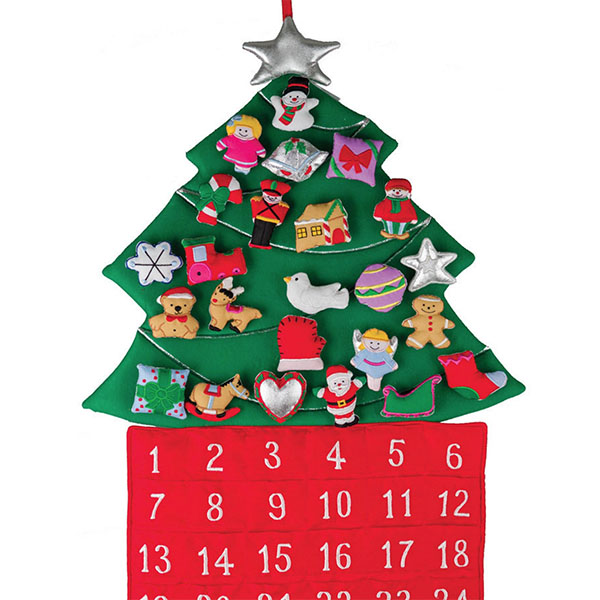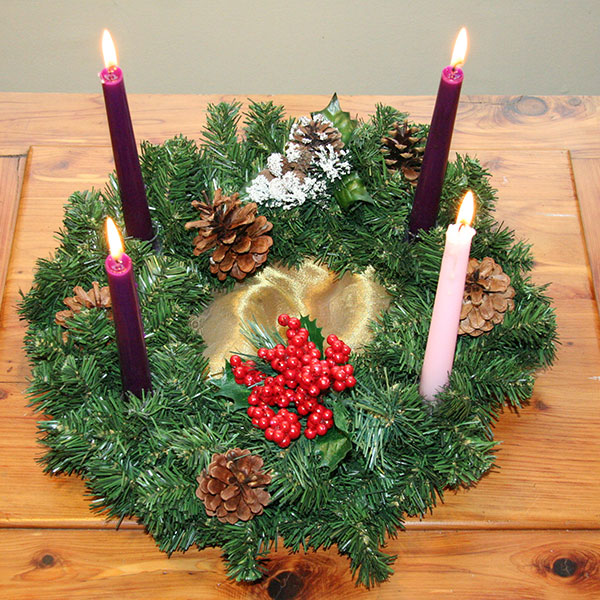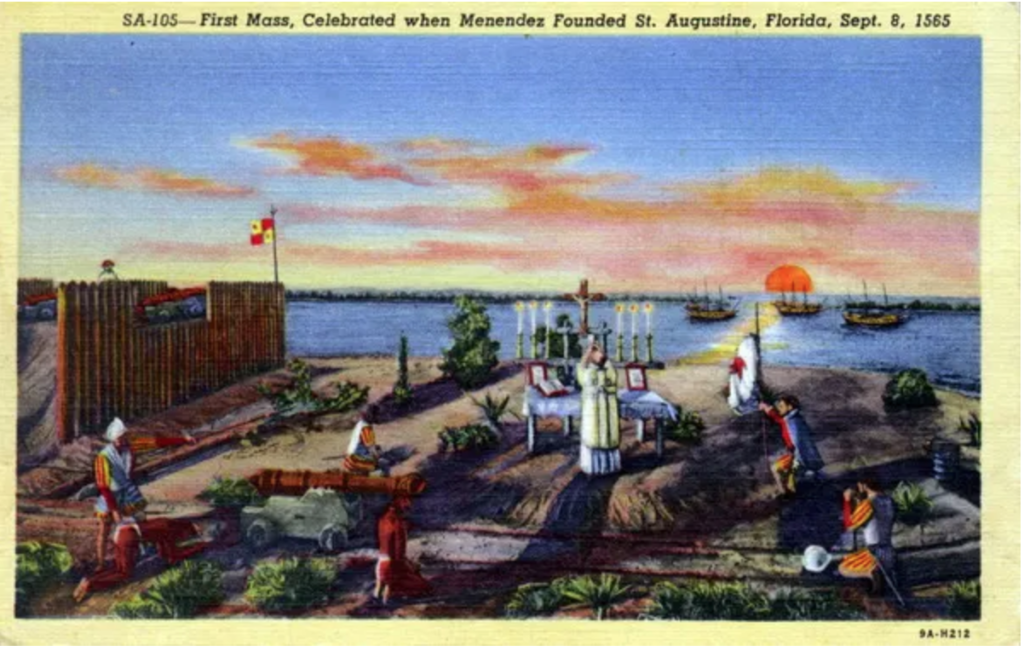When it comes to preparation for the Covid Christmas of 2020, we can go nuts on decorating the inside and outside of our house, spend hours shopping online, gain a few pounds baking cookies and cakes, and feel really sorry for ourselves that we won’t be wearing that ugly Christmas sweater to all the usual festivities.

Or, we can put the craziness on pause and prepare ourselves and our families for the annual remembrance of the coming of Jesus Christ through our own acts of charity, personal reflection, honest conversation…and an Advent wreath.
The time between November 29 and Christmas Eve is Advent Season—four weeks of spiritual preparation for the coming of a child that changed the world. For many Christians, it’s a devotional time spent lighting candles on an Advent Wreath prior to the evening meal, a Bible reading, and a small prayer prior to the blessing of the food. Others may use an Advent Calendar to encourage children to count down the days through pictures and items that represent each day of December leading up to Christmas.

The candles on the Advent Wreath invite us to pause in silence to understand the real reason for the season: preparation for Christ’s coming.
Only if people change will the world change; and in order to change, people need the light that comes from God, the light which so unexpectedly entered into our night on that first Christmas.
—Pope Benedict XVI. Homily at Mass for the Nativity of the Lord, 25 Dec 2008
Meanings of the Advent Wreath
The wreath is a circle signifying continuous life: no beginning, no end; an eternal God; immortality of the soul; and everlasting life through Christ.
The four candles represent the four weeks of Advent. One candle is lit each Sunday until all four burn brightly. Three candles are purple, one is pink.
The Prophecy Candle
The first purple candle symbolizes hope in remembrance of the prophet Isaiah who foretold the birth of Christ.
The Bethlehem Candle
The second purple candle reminds us of Mary and Joseph’s journey to Bethlehem and symbolizes trust in God’s promise.
The Shepherd’s Candle
The third candle is pink. It symbolizes joy that the world experienced with the birth of Jesus.
The Angel’s Candle
The third purple candle marks the final week of prayer and penance as we await the birth of our Savior, much like the shepherds in the field near Bethlehem.
Christ Candle
It’s become a popular tradition to place a white candle in the middle of the wreath to represent purity of sinlessness as seen in the life of Christ. It’s lit on Christmas Eve at evening prayer, and again at morning prayer on Christmas day. What a wonderful way to prepare our mind and heart for the promise of Christmas!
Blessings to you and your family from all of us at the Stewardship Foundation.

